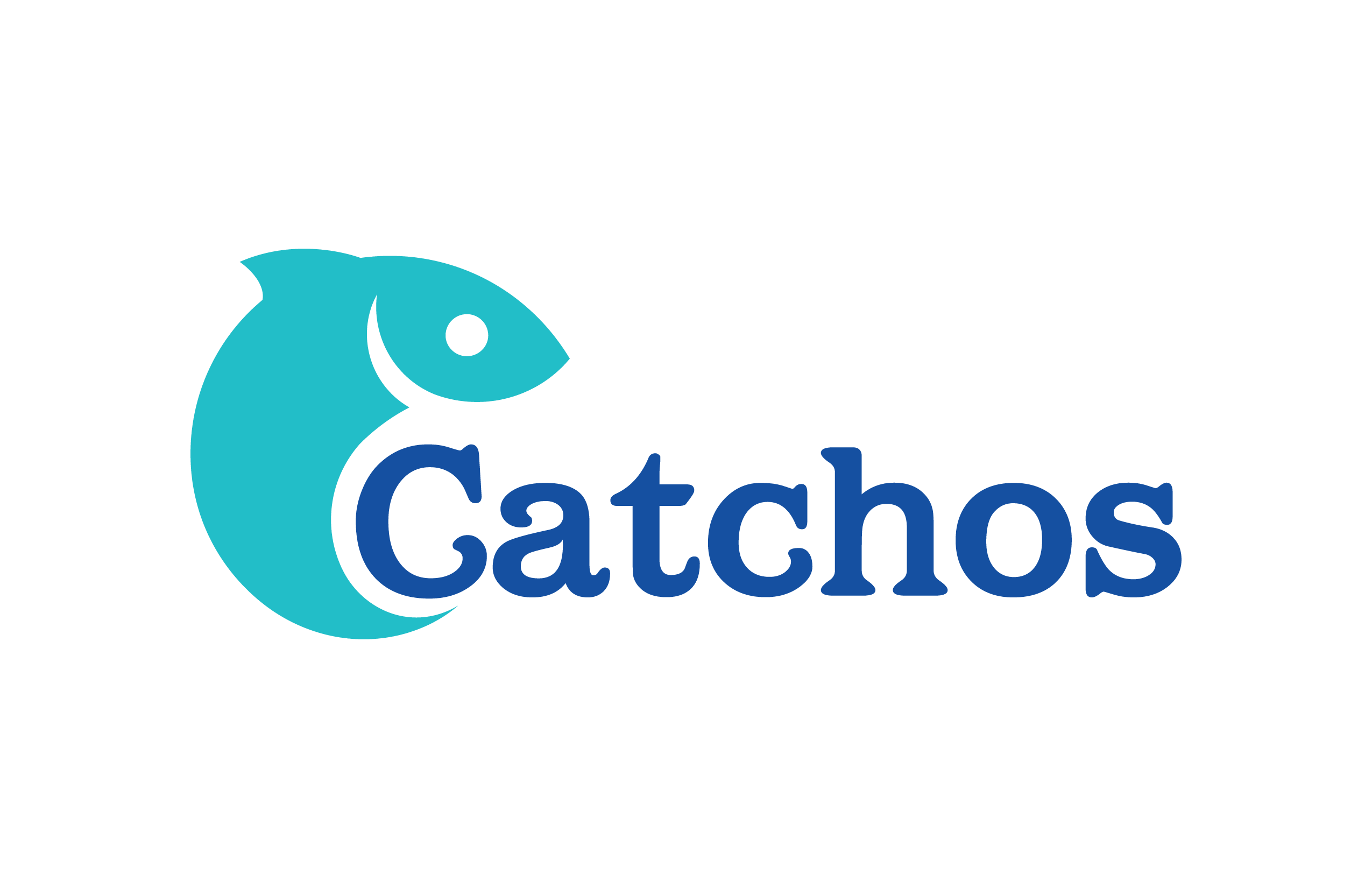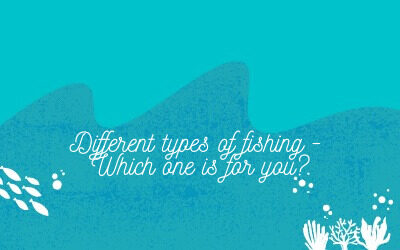We tested America’s most popular personal flotation device (PFD), the NRS Chinook life jacket, versus its successor the Chinook OS.
A life jacket is an important safety precaution to take when on the water, and both NRS versions are quality life jackets that will protect you and your loved ones. However, the NRS Chinook OS and the Chinook are fundamentally different. So which life jacket is better?
To answer that question, it helps to understand which characteristics the jackets have in common. Both jackets are made of high-quality materials, are comfortable to wear, and are easy to put on and take off. Both jackets are also U.S. Coast Guard approved at Type III (or 3) – this means they are suitable for recreational use. So how do you choose between them? Read on to find out…
NB: As an Amazon Associate I earn from qualifying purchases.

Summary – which did we choose?
We chose the Chinook OS because it is more comfortable, and easier to put on. Our test life jacket is buoyant and 100 percent waterproof. It has a ‘Dual-Stage’ air delivery system: the inflatable collar and back bladder inflate separately, so more air is released around the swimmer’s neck.
Both the NRS Chinook and Chinook OS also have tough nylon outer material, reflective tape, reflective stitching, and non-corrosive hardware.
However, the NRS Chinook and Chinook OS are not identical. The NRS Chinook OS has two strobe holder loops, while the Chinook only has one. The Chinook OS also wins on pockets, with six versus the Chinook’s five.
The NRS Chinook and Chinook OS life jacket are both designed with a patented VELCRO® attachment system that quickly and easily straps on the life vest to your jacket, belt, or other PFD. The integrated whistle, D-ring, and adjustable length allow you to customize your life jacket for a perfect fit.
Click here to buy the Chinook OS from Amazon!
Materials
Weighing only 32 ounces, these life jackets are ultra-light and won’t add bulk to your boat.
The NRS Chinook life jacket is the highest quality, most durable, most versatile life jacket on the market. Using the same materials as more expensive life jackets, the NRS Chinook may be the most elite life jacket available.
The NRS Chinook was the most insulated jacket out of the two. The NRS Chinook OS was the highest performing jacket, with enhanced visibility and a 360 degree view.
The NRS Chinook life jacket’s features include:
- Complete 360 degree visibility
- Lightweight, durable construction, with 400 denier nylon
Both jackets are made of nylon webbing and Hypalon, and they’re made in the U.S. What is Hypalon? Hypalon is a brand name for a material produced by Dupont. It’s a type of synthetic rubber.
Flotation
The NRS Chinook and Chinook OS both provide flotation for a one-man kayak, including surf and whitewater.
Both the NRS Chinook and NRS Chinook OS life jackets have foam floatation chambers. This makes them perfect for surf, saltwater, river or calm-water paddling, and all different types of fishing. They’re reasonably buoyant, and have thick, military-grade flotation foam. They also have heavy-duty webbing straps, large hip pockets, and shock cords to keep a jacket snug.
Kayak suitability
The NRS Chinook OS is a kayak-specific life jacket and is comfortable to wear and packed full of features.
It has both stretch and non-stretch nylon panels, and a breathable mesh on the back. The jacket also has plenty of pockets for storage and is durable enough to withstand getting wet.
The NRS Chinook is the answer for paddlers who want more flotation, more comfort and more features than a traditional PFD.
The Chinook features buoyancy and thermal lining to keep your core warm, and paddling-specific features like dual-adjustable shoulder straps and an under-seat zipper that give you easy access for paddle strokes.
The Chinook PFD also offers more protection than a traditional drysuit, with CE-rated foam chest pads and a large, easy-to-access front pocket for accessories.
Winner: Tie

Pockets
Front pockets are included on both the NRS Chinook and NRS Chinook OS to secure your cargo. On both, the pockets are on the front.
However, the Chinook OS wins in terms of both number and variety of pockets.
The Chinook OS has six pockets: one large and one small tackle pocket, a pocket with a zip to hold your radio, and three small hook-and-loop pockets for your gear. The large tackle pocket even has internal pockets for organisation.
However, the Chinook only has two hook-and-loop accessory pockets, compared to the Chinook OS’s three. It does, however, have an easy-access tool pocket on the outside of one of the large pockets. If you particularly need quick access to your line cutter, this might be useful.
Based on the extra pocket, the NRS Chinook OS life jacket is the PFD when it comes to pockets. This life jacket comes with larger, more useful pockets in the front. The large pockets ensure easy and secure storage.
Winner: NRS Chinook OS
Rod holder
The rod holder system on both the NRS Chinook and Chinook OS allows anglers to use single hand casts and loop casts. Anglers can cast to either the front or the back of the boat. The swivel ensures there is no line twist when casting for accuracy.
NRS offers one of the best life jackets when it comes to rod holders. NRS Chinooks feature an adjustable shoulder strap system that gives you the most comfortable fit possible, even when you are wearing a wetsuit.
You can easily adjust both lifejackets to hold your rod comfortably. (No, that’s not a euphemism.)
Winner: Tie
Reflective strips
Here at Catchos, we hope you never get into trouble in the water. But unfortunately, sometimes it can happen for even the most experienced fishermen.
Both the Chinook and Chinook OS have a reflective strip system. These reflective accents will allow light to bounce off you so – if worst comes to worst – they might flag down passing vessels or alert people on the shore.
As these aren’t a core feature of either PFD, both are much of a muchness when it comes to their reflective strips. If you’re worried about being seen, this shouldn’t be your determining feature.
Winner: Tie
Strobe holders
If the reflective accents won’t cut it in low light, you might need to resort to a strobe light. This key safety feature is generally little used, but should you need it, you’ll be grateful.
If you like fishing at night, the Chinook OS should be your pick. That’s because it has two strobe holder loops. By contrast, the Chinook only has one.
On both jackets, the loops are suitably wide and strong to hold a range of strobes. The loops are comfortable and durable, enabling users to hold their strobes in position.
However, on both, the strobe holder(s) are on the front of the PFD. The idea behind this is so you can float on your back, in case you get into difficulty.
Winner: Chinook OS
What can be improved?
The NRS Chinook OS has a specific pocket for your radio, plus ample space for additional batteries. The problem is that the compartment is too small to hold a large battery charger (like you might need for your phone if you’re out on the water all day), along with everything else you might need.
The Chinook, meanwhile, doesn’t even have a pocket that’s the right size for a radio. So if you’re out with a buddy, make sure your phone is fully charged before you head out onto the water.
We also think that on both PFDs, the front zip can be a bit fiddly if you’ve also got all your other equipment around. We’d recommend you make sure you zip it up before you get in your kayak.
Conclusion
If you’re looking to pick one of the Chinook and Chinook OS over the other, we recommend the Chinook OS.
Click here to get your Chinook OS from Amazon!
The features are simply slightly better. The Chinook OS has more pockets and an additional strobe loop.
However, the Chinook is a great option if you’re after a slightly cheaper version, without quite all the advantages of the Chinook OS. It does 90% of the same job and, most importantly, will keep you as safe in the water as the OS.




0 Comments